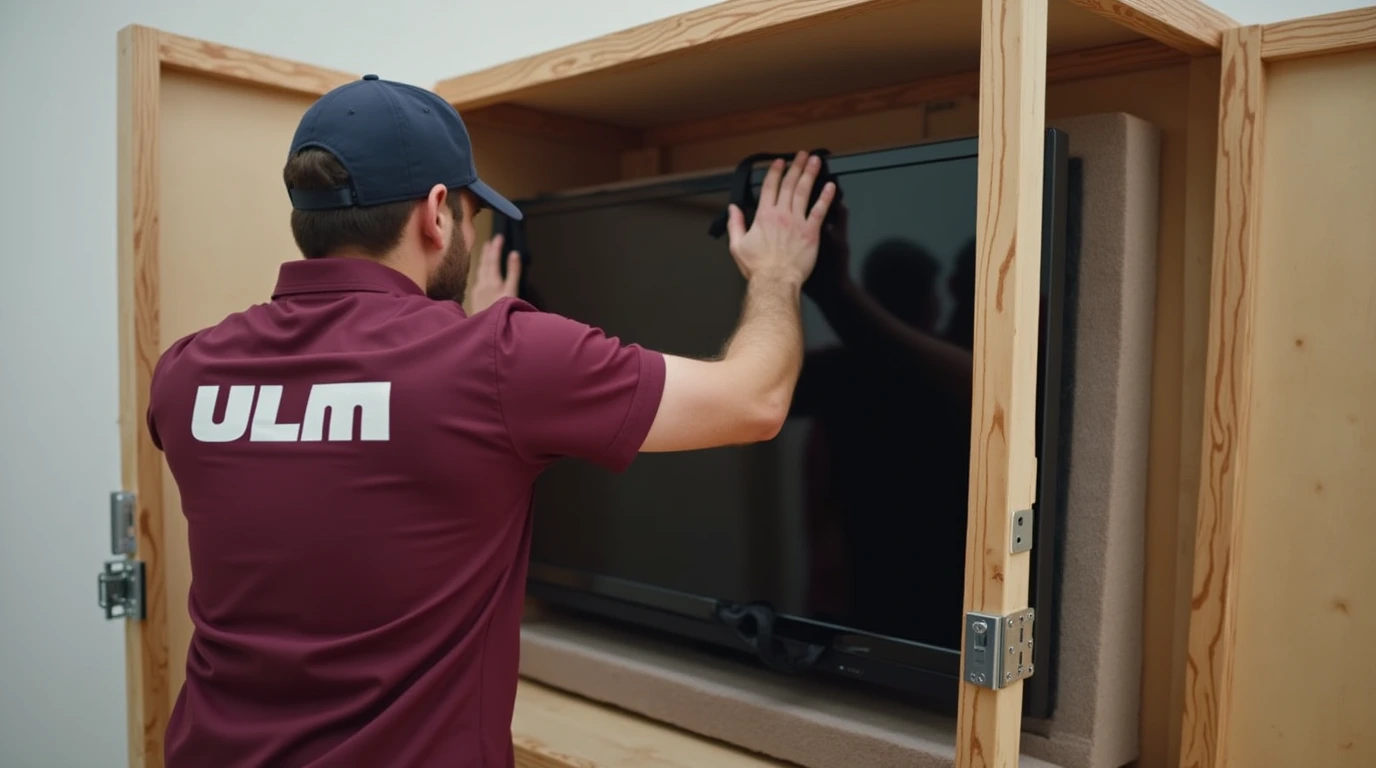THE IMPORTANCE OF MOVING INSURANCE
When planning a move, insurance is often an afterthoughtu2014yet it’s one of the most crucial aspects of protecting your belongings during relocation. At United Local Movers, we understand that your possessions represent both financial investments and irreplaceable memories. Navigating the various moving insurance options can be confusing, but making informed decisions about coverage can provide peace of mind and financial protection during this transitional time.
BASIC COVERAGE OPTIONS EXPLAINED
Moving companies typically offer several levels of protection for your belongings. Understanding these options is essential for making an informed decision:
– Released Value Protection: This basic coverage is included at no additional cost with most moving services. However, it provides minimal protectionu2014typically only 60 cents per pound per article. This means a 50-pound television valued at $1,000 would only be covered for $30 if damaged.
– Full Value Protection: This comprehensive option holds movers liable for the replacement value of lost or damaged items. While it comes at an additional cost (typically 1-2% of the total shipment value), it provides significantly better coverage than Released Value Protection.
– Third-Party Insurance: Separate policies purchased from insurance companies can supplement the coverage provided by your mover. These policies often cover circumstances that mover’s liability options don’t, such as natural disasters.
– Existing Homeowner’s or Renter’s Insurance: Some policies may provide limited coverage during a move, though typically with significant restrictions. Check with your insurance provider to understand what protection, if any, extends to items in transit.
FACTORS TO CONSIDER WHEN CHOOSING COVERAGE
Several considerations should influence your insurance decision:
– Value of Your Belongings: Conduct a thorough inventory of your possessions, noting items of significant monetary or sentimental value. This inventory will help determine the appropriate level of coverage needed.
– Distance of Your Move: Longer distances typically involve more handling of your items and greater exposure to potential damage, possibly warranting more comprehensive coverage.
– Replacement Cost vs. Actual Cash Value: Understand whether your coverage provides for brand-new replacements or depreciated values of damaged items.
– Deductibles: Higher deductibles generally mean lower premiums but require more out-of-pocket expense if you need to file a claim.
– Exclusions and Limitations: All insurance policies have specific exclusions. Pay particular attention to coverage for high-value items like jewelry, artwork, or antiques, which may require additional riders.
DOCUMENTING YOUR BELONGINGS
Proper documentation is crucial for any insurance claim. Before your move:
– Create a Detailed Inventory: List all items being moved, including their condition, approximate value, and serial numbers for electronics.
– Take Photographs or Video: Visual evidence of your belongings’ pre-move condition can be invaluable if you need to file a claim.
– Keep Records of High-Value Items: Maintain receipts, appraisals, or certificates for valuable possessions.
– Note Pre-Existing Damage: Document any scratches, dents, or other imperfections before the move to avoid disputes later.
– Organize Documentation: Keep all insurance policies, inventories, and related documents in a secure, easily accessible location separate from your moved belongings.
SPECIAL CONSIDERATIONS FOR VALUABLE ITEMS
High-value possessions often require additional attention:
– Artwork and Antiques: Consider specialized fine art or collectibles insurance that accounts for appreciation and provides restoration coverage.
– Jewelry and Precious Metals: These items typically have strict coverage limitations and may require separate riders or policies.
– Electronics and Appliances: Document model numbers, serial numbers, and purchase dates to facilitate replacement if necessary.
– Family Heirlooms: Items with significant sentimental but limited monetary value may not be adequately covered by standard policies. Consider their irreplaceability when choosing coverage.
– Collections: Coin, stamp, or other collections often require specialized coverage based on appraised value rather than purchase price.
UNDERSTANDING THE CLAIMS PROCESS
Knowing how to file a claim before you need to can streamline the process if damage occurs:
– Inspection at Delivery: Thoroughly examine all items as they’re unloaded and note any damage on the delivery inventory or bill of lading before the movers leave.
– Timing Requirements: Most policies have strict deadlines for filing claimsu2014typically 9 months for damage and 14 days for missing items. Mark these deadlines on your calendar.
– Documentation: Take photographs of damaged items and gather all relevant paperwork, including your inventory, moving contract, and insurance policy.
– Communication: Submit claims in writing and keep copies of all correspondence with the moving company or insurance provider.
– Resolution Options: Understand whether your policy provides for repair, replacement, or cash settlement of claims.
COST-BENEFIT ANALYSIS OF MOVING INSURANCE
When evaluating the cost of various insurance options:
– Calculate Total Value: Estimate the replacement cost of all your belongings to determine appropriate coverage levels.
– Consider Risk Factors: The complexity of your move, weather conditions, and the experience of your movers all influence the likelihood of damage.
– Evaluate Premiums vs. Potential Loss: Compare the cost of comprehensive coverage against what you could afford to replace out-of-pocket if damage occurs.
– Account for Emotional Value: Some items, while not monetarily valuable, may be irreplaceable due to sentimental significance.
– Review Your Risk Tolerance: Your personal comfort with financial risk should influence your insurance decisions.
HOW UNITED LOCAL MOVERS PROTECTS YOUR BELONGINGS
At United Local Movers, we prioritize the safety of your possessions through:
– Comprehensive valuation options tailored to your specific needs
– Transparent explanation of coverage limitations and exclusions
– Professional packing services that minimize the risk of damage
– Experienced handling of specialty items requiring extra care
– Efficient claims processing if issues arise despite our precautions
We’re committed to not only transporting your belongings safely but also providing the information you need to make confident decisions about protecting them during transit.
For more information about our moving services or to discuss insurance options for your upcoming move, contact us today.
Looking for more moving tips? Check out our guides on addressing damage or loss of items or coordinating moving dates.



